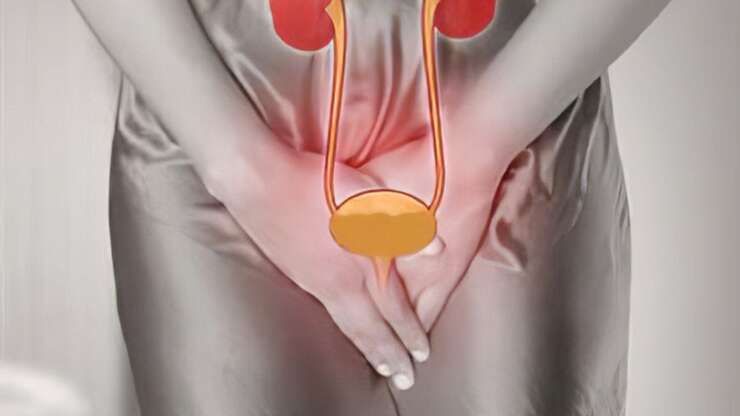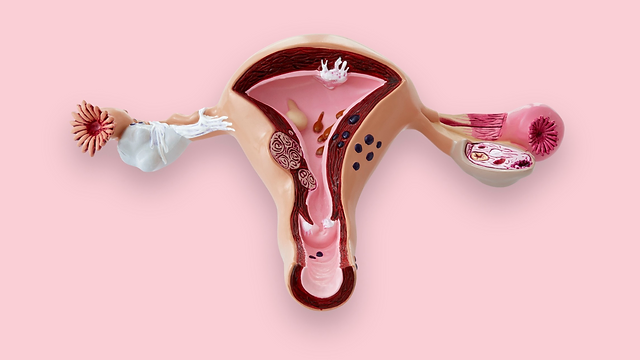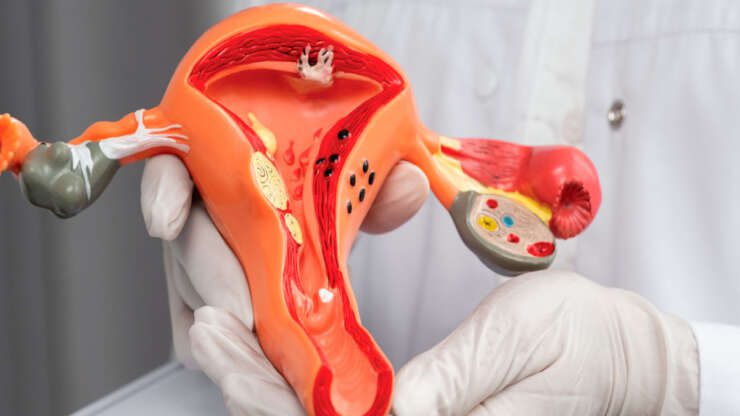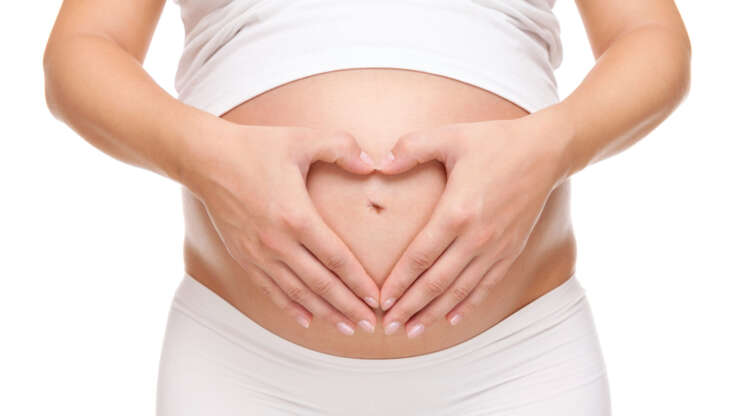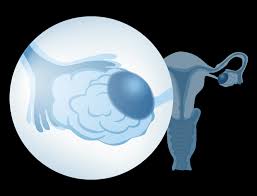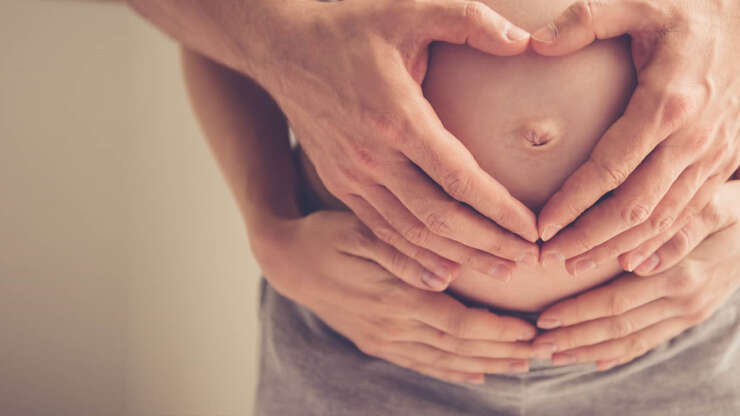Τα ουρολογικά συμπτώματα μετά από χειρουργείο διηθητικής ενδομητρίωσης είναι, πιθανότατα, από τα λιγότερο συχνά αναφερόμενα στη βιβλιογραφία. Συγκεκριμένες εντοπίσεις της νόσου (πχ. Παραμήτριο, ιερομητρικοί σύνδεσμοι, ιερό πλέγμα), όταν αφαιρούνται χειρουργικά, μπορεί να συνδέονται με υψηλότερο κίνδυνο ουρολογικών συμπτωμάτων μετά το χειρουργείο. Αυτό, ενδεχομένως, οφείλεται σε ατυχή τραυματισμό στις νευρικές ίνες
